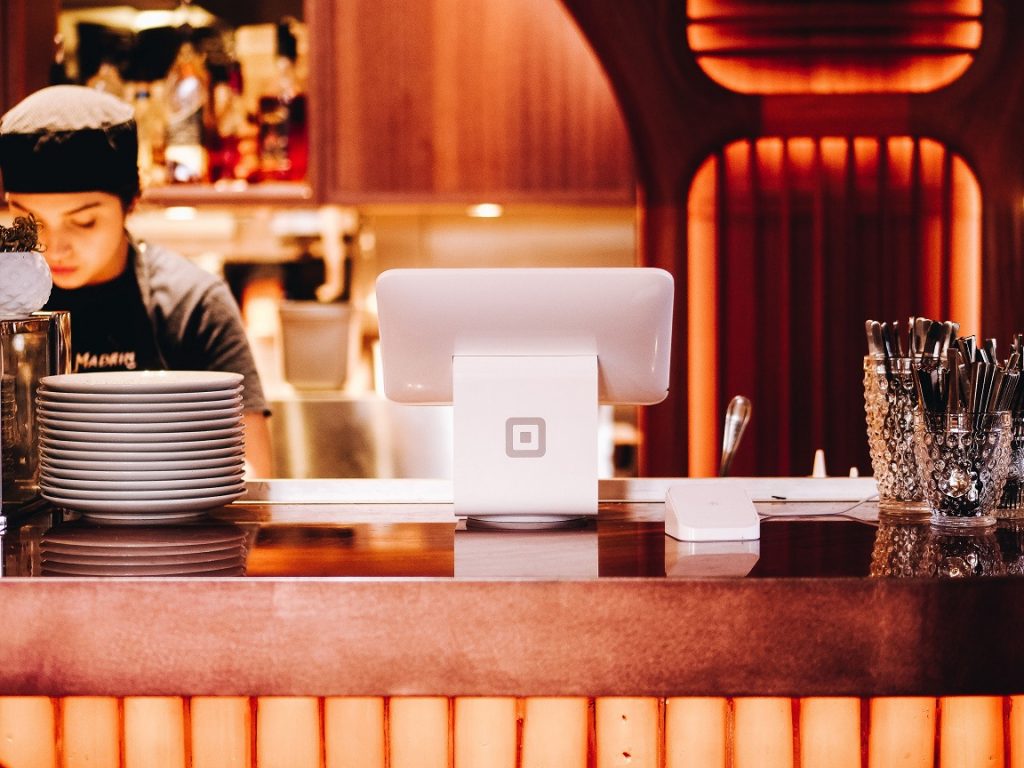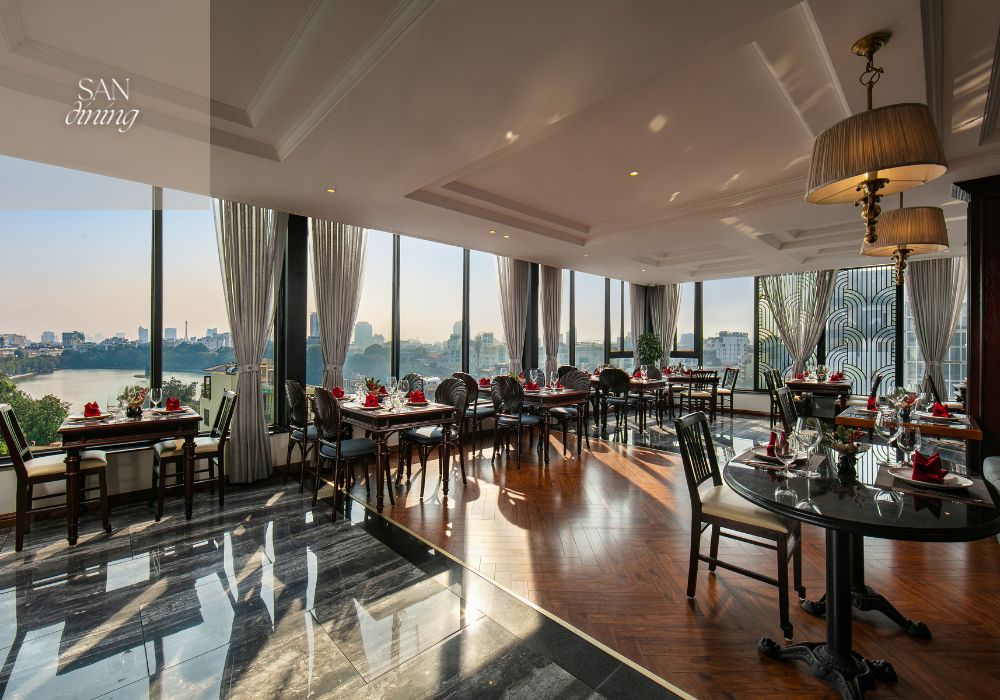Instagrammable Restaurants Islamabad: Picture-Perfect Dining Knowledge
Savor Genuine Eastern Cuisine With a Pan-Asian Twist for a Cooking Experience
Embarking on a cooking trip through authentic Eastern food, improved with a Pan-Asian twist, offers an unique opportunity to explore the rich tapestry of flavors that define the area's varied cooking customs. As you ponder these enticing recipes, take into consideration the social narratives and historical impacts that shape them, each bite supplying a story waiting to be discovered. pan asian dining Islamabad.

Exploring Pan-Asian Tastes
In the realm of worldwide gastronomy, Pan-Asian cuisine stands apart for its amazing variety and the unified interaction of tastes from numerous Oriental societies. This culinary strategy celebrates the special ingredients and rich practices found throughout the continent, creating a tapestry of preferences that is both gratifying and intriguing. Secret to Pan-Asian food is its ability to balance different tastes-- sweet, salty, spicy, and sour-- while highlighting the quality and top quality of each ingredient.
From the umami-rich soy sauce of Japan to the fiery chili peppers of Thailand, Pan-Asian food supplies a substantial scheme of flavors. These elements are commonly combined in innovative methods, boosting recipes with layers of intricacy. For instance, using aromatic natural herbs such as lemongrass and cilantro, usual in Vietnamese and Thai food, includes a refreshing brightness to meals, while the consolidation of coconut milk supplies a luscious, abundant appearance.
The emphasis on fresh produce and aromatic seasonings makes certain that each dish is not just a banquet for the palate however likewise for the detects. Pan-Asian food invites restaurants to embark on a cooking journey, checking out the huge and varied landscapes of Eastern gastronomy with every bite.
Blend Meals to Attempt
While Pan-Asian cuisine is commemorated for its standard flavors, the modern-day culinary landscape is increasingly welcoming combination dishes that blend these timeless elements with impacts from other areas. This ingenious method not only honors the abundant heritage of Asian cooking arts but likewise presents unique taste experiences that interest contemporary tastes buds.
A prime instance of such a combination recipe is the Korean-Mexican taco, where marinated bulgogi beef is covered in a cozy tortilla, topped with kimchi and a hot gochujang-infused salsa. This mix marries the strong, full-flavored tastes of Korea with the dynamic, fresh elements of Mexican cuisine. Likewise, sushi burritos have obtained popularity, integrating the fragile artistry of Japanese sushi with the hearty, hand-held comfort of a burrito, frequently including blend ingredients like tempura shrimp and avocado with a drizzle of wasabi mayo.
One more significant recipe is Thai curry ramen, which infuses the luscious, fragrant spices of Thai curry into the soothing brew of conventional Japanese ramen, producing an unified mix that entices the detects. These fusion meals expand past mere uniqueness; they stand for a cooking dialogue between cultures, motivating expedition and innovation worldwide of Pan-Asian cuisine.
Crucial Ingredients and Flavors
To genuinely value Pan-Asian food, one need to comprehend the crucial active ingredients and seasonings that create its structure. This varied cooking design attracts from a rich tapestry of Oriental customs, using an unified mix of flavors and textures. Key components consist of soy sauce, fish sauce, and oyster sauce, which pass on a full-flavored umami deepness vital to Eastern meals. Corresponding to these are rice vinegar and mirin, providing a delicate acidity and sweetness.
Fragrant components are pivotal, with garlic, lemongrass, and ginger being common across various Pan-Asian recipes. These components offer a fragrant base that boosts the intricacy of tastes. Seasonings such as celebrity anise, cardamom, and cinnamon introduce heat and character, resembling impacts from areas like China and India.

Food Preparation Techniques and Tips
Understanding the art of Pan-Asian cuisine needs experience with its distinct food preparation techniques, each adding to the lively tapestry of flavors this culinary custom is commemorated for. Central to these methods is the stir-fry, a quick cooking strategy that preserves the nutritional stability and vibrant shades of active ingredients. Making use of a frying pan, the stir-fry technique enables also warm distribution, important for accomplishing the characteristic structure and flavor balance of Pan-Asian meals.
One more essential method is steaming, specifically prevalent in Chinese cuisine. This gentle technique preserves the all-natural tastes and best chinese near me nutrients of ingredients, making it ideal for seafood and vegetables. Dumplings, a precious staple, usually take advantage dig this of steaming, leading to soft, succulent appearances.
Barbecuing, also integral, passes on great smoky depths to dishes such as Oriental bulgogi or Japanese yakitori (best asian restaurant Islamabad). This technique often involves seasoning ingredients, allowing tastes to permeate deeply before food preparation over an open flame or hot plate
Lastly, mastering the art of stabilizing flavors-- wonderful, sour, salty, bitter, and umami-- is critical. Properly layering these elements can boost a recipe from common to amazing, providing a complicated and satisfying culinary experience that symbolizes the essence of Pan-Asian food.
Dining Experiences Worldwide
Around the world, Pan-Asian cuisine offers an unrivaled eating experience, celebrated for its abundant tapestry of flavors and vibrant discussions. This culinary sensation has gone beyond cultural limits, catching the hearts and palates of food enthusiasts worldwide. In cosmopolitan cities like New York, London, and Sydney, Pan-Asian dining establishments offer as melting pots where cooking practices from Thailand, Japan, China, and past merge, offering restaurants with an eclectic mix of recipes that highlight the region's variety.
The worldwide allure of Pan-Asian cuisine lies in its ability to provide both credibility and advancement. Cooks skillfully marry typical components such as lemongrass, soy sauce, and miso with modern techniques, causing dishes that are both refreshingly brand-new and acquainted. This blend permits restaurants to start a culinary journey that respects heritage while accepting modernity.
In addition, dining experiences are elevated through thoughtfully developed atmospheres that show the values of Pan-Asian visual appeals. From minimalist Japanese-inspired interiors to vivid Thai-themed rooms, each dining establishment supplies an unique setting that Read Full Article complements the cooking offerings. Therefore, clients are not merely eating a dish however partaking in a cultural experience, making Pan-Asian dining a really global sensation.
Final Thought
The exploration of Pan-Asian cuisine supplies an extensive understanding of the detailed interaction of flavors and culinary traditions throughout Asia. By welcoming combination meals such as Thai curry ramen and sushi burritos, the cooking trip not just highlights the flexibility of conventional ingredients however additionally showcases innovative modern-day techniques. This gastronomic experience, improved by cooking approaches and crucial spices, gives a distinct opportunity to appreciate the multiculturalism and culinary virtuosity that define Pan-Asian cuisine on a global scale.
Beginning on a cooking trip with authentic Eastern food, improved with a Pan-Asian spin, offers an one-of-a-kind opportunity to check out the rich tapestry of flavors that define the area's varied culinary practices.In the world of global gastronomy, Pan-Asian cuisine stands out for its impressive diversity and the unified interplay of tastes from various Oriental cultures. Key to Pan-Asian cuisine is its ability to stabilize contrasting flavors-- pleasant, salted, spicy, and sour-- while highlighting the quality and high quality of each active ingredient.
